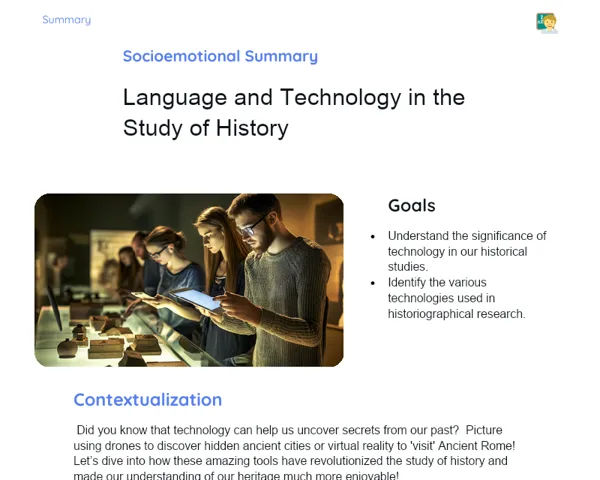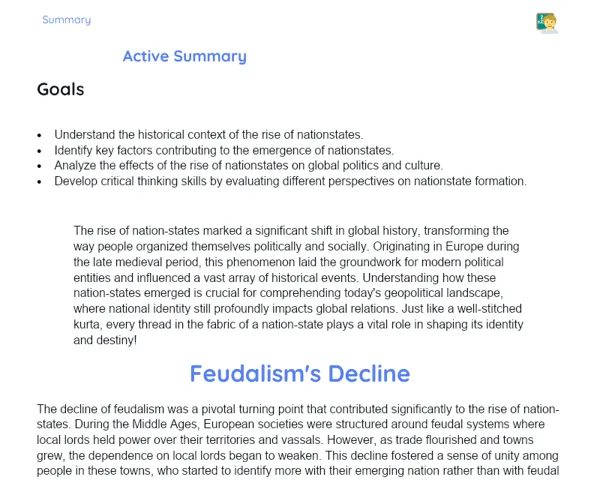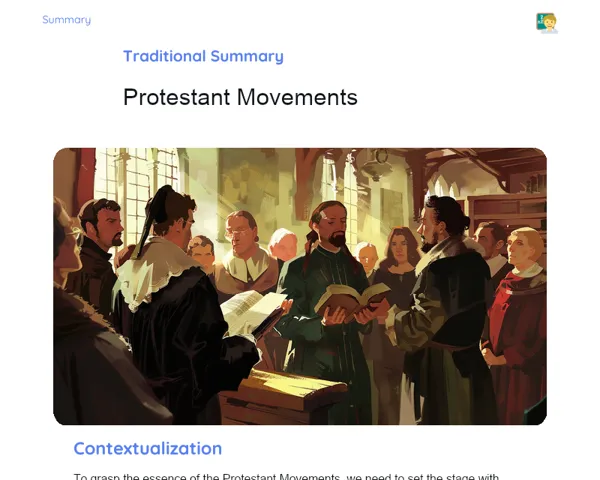Objectives
1. 🎯 To comprehend the emergence and strengthening of absolutist monarchies in Europe from the 15th to the 18th century.
2. 🎯 To analyze the strategies employed by absolutist monarchs and their impact on society and international affairs during that time.
3. 🎯 To identify key monarchs and pivotal events that characterized the era of absolutism, while grasping their implications for political and social evolution in Europe.
Contextualization
Did you know that the famous line 'L'État, c'est moi' ('I am the State') is often linked to Louis XIV? This monarch, famously known as the 'Sun King,' ruled France for more than 72 years and epitomized how absolutist leaders viewed themselves as the heart of governance. His extravagant construction of the Palace of Versailles not only showcased his authority but also served as a clever means of control, as it kept the nobles and courtiers under constant watch, weaving a complex web of politics and power.
Important Topics
Centralization of Power
In the age of absolutist monarchies, power was concentrated entirely in the monarch's hands, free from any institutional checks or limitations. This centralization empowered the monarch to make decisions independently and to enact laws and policies without seeking consent from parliaments or similar bodies.
-
The monarch was viewed as the ultimate source of justice, standing above the law and wielding power unconditionally.
-
The centralization of authority enabled the implementation of extensive reforms and policies, but it also resulted in misuse and arbitrary rule.
-
This governance model left a lasting impact, influencing the development of other autocratic regimes, such as czarism in Russia.
Relationship with Nobility and Clergy
Absolutist monarchs often forged strategic alliances with the nobility and clergy, relying on their support and loyalty for wielding significant influence. While the monarch's power remained absolute, garnering cooperation from these factions was crucial for the stability of governance and the execution of royal directives.
-
The nobility received titles, land, and privileges, ensuring their allegiance and backing for the throne.
-
The clergy played a pivotal role in legitimizing the monarch's authority through sermons and spiritual backing.
-
This mutual dependency on one another also restricted the monarch's power, as decisions had to accommodate the interests and viewpoints of these groups.
Social and Economic Consequences
The influence of absolutist monarchies left deep social and economic marks on Europe, establishing systems and relationships that endured for centuries. States commonly adopted mercantilist policies aimed at strengthening national wealth and bolstering central power through economic control.
-
Mercantilism promoted wealth accumulation, which subsequently fueled colonialism and the exploitation of new lands.
-
By centralizing economic power under the monarch’s control, states could finance wars and sustain their bureaucracies.
-
Such policies often exacerbated social disparities, benefiting the nobility and clergy, while the peasant class had to bear high taxes and endure poor living conditions.
Key Terms
-
Absolutist Monarchy: A governance system where the monarch possesses absolute authority without any constitutional or parliamentary restrictions.
-
Mercantilism: An economic approach that focuses on enhancing the state's wealth through promoting exports, regulating trade, and accumulating precious metals.
-
Czarism: An autocratic governance model prevalent in Russia, which drew influence from the European absolutist monarchy framework.
For Reflection
-
How did the dynamics between monarchs and the nobility/clergy contribute to political stability in absolutist regimes?
-
In what ways did mercantilist strategies aid economic growth while leading to the subjugation of other nations?
-
What similarities can be identified between the power structures in absolutist monarchies and present-day autocratic governments?
Important Conclusions
-
We examined how absolutist monarchies centralized authority in the hands of one ruler, with Louis XIV of France serving as a prime example.
-
We emphasized the significance of the relationships between monarchs and nobility/clergy in sustaining power and enforcing royal policies.
-
We discussed the social and economic ramifications of the mercantilist practices adopted by these monarchies, including the encroachment upon foreign lands and the widening social divide.
To Exercise Knowledge
- Journal Exercise: Envision yourself as a noble at the court of an absolutist monarch. Write journal entries detailing a day in your life and your encounters with the monarch. 2. Family Discussion: Engage your family in a debate regarding whether the absolute authority of a leader could be advantageous or detrimental for a nation. 3. Concept Map: Construct a concept map that links absolute power, mercantilist policies, and the social ramifications of absolutist governance.
Challenge
Absolutism Versus Democracy? Challenge yourself to compose an argumentative essay advocating whether an absolutist or democratic government would be more effective in responding to the current global economic challenges. Utilize both historical and contemporary examples to fortify your argument.
Study Tips
-
Explore videos and documentaries about Louis XIV and other key figures of absolutism for a richer understanding of the period.
-
Join online forums or study groups to exchange insights on absolutism with fellow learners.
-
Develop visual aids, like mind maps, to effectively organize information regarding absolutist monarchies for easier retention.



